
Eric Yeaman's Handbook of the Scottish Hills was one of the most influential hill lists ever produced, says Myrddyn Phillips - but today few people seem to have heard of it. A new e-book, free to download, tells the story of the Yeamans.
Hill classification has been with us for nearly 130 years, ever since Sir Hugh Munro first compiled his list to the Scottish 3,000ft mountains. Over subsequent years many other lists have come onto the scene. Some have become well established, such as the Corbetts, Hewitts and Nuttalls, whilst others have appeared and just as quickly been forgotten. It seems that those that become well established are the listings that rely on simple, straightforward criteria, as over-complication doesn't appeal to the general lay hill walker.
Many listings evolve from those that precede them, and because of this there is an underlying historical element to them. This evolutionary process seldom results in dramatic change, and most such changes go unnoticed by the greater majority who just go out to enjoy what the hills have to offer. But once in a while something more dramatic happens. In the world of hill listings a revolution occurred in 1989 with the publication of the Handbook of the Scottish Hills. Almost unnoticed at the time, it was only in hindsight that its importance was fully understood.
The Handbook contained nearly 2500 Scottish hills and retailed at £4.95, a mere snip of a price considering the revolutionary content within. Its author was a Scottish teacher named Eric Yeaman, and the revolutionary element that he used was to ignore one of the essentials of qualification. Before detailing this it may be prudent to consider how one hill is differentiated from another for listing purposes.
Simply put, he revolutionised how to differentiate one hill from another and the niche world of hill listings hasn't been quite the same since
Hill Classification
Making a list of hills is a relatively simple affair. The hill name is a necessity, as indeed is its height and its grid reference and the number of the map it can be found on (to be on the safe side both Ordnance Survey 1:50,000 Landranger and 1:25,000 Explorer map numbers can be included). Over recent years the hill's drop is also usually given. This 'drop' figure has become one of the two mainstays of how to differentiate one hill from another, and comprises the vertical height gain between the summit of said hill and its connecting col to the next higher summit along the watershed. 'Drop' is also known as re-ascent or prominence. The other mainstay is that of minimum height. Once a minimum height and a minimum drop are decided upon a hill list compiler can have a productive time scrutinising maps and compiling their list.
These two elements form the basis of many established listings. Prime examples include: Corbetts which use 2,500ft minimum height and 500ft minimum drop (Scottish hills below 3,000ft); Hewitts, which use 2,000ft and 30m minimum drop (English and Welsh hills); and Nuttalls which use 2,000ft and 15m minimum drop (English and Welsh hills).
Without such objective criteria the hill list would plough the path of subjectivity and there, some may say, lies madness. A subjective list is no more than a personal list that cannot be amended, unless of course by its author. I hear a mass choir of Wainwright and Birkett baggers screaming, and to be fair, subjective listings have their place, as their popularity shows. But still...
Relative Height
Although the two mainstays of minimum height and drop have formed the backbone of the more objective hill lists in Britain, and have a proven record of working well in combination, what would happen if one was removed? If you'd asked me this question a number of years ago I would probably have reacted with doubt, partly based on acceptance of what was then the norm, and partly based on a lack of understanding. But this simple move, which is rather elegant in its premise and dramatic in its purpose is what Eric Yeaman did - he completely threw out the concept of the double mainstay criteria and opted for one simple criterion based on 100m. Simply put, he revolutionised how to differentiate one hill from another and the niche world of hill listings hasn't been quite the same since.
Yeaman's use of what we now refer to as Relative Height consisted of Scottish hills that have a minimum of 100m of 'dip' from their adjoining col. Minimum height is thus dispensed with, except of course for the stipulated 100m, and minimum drop is also dispensed with as it forms a part of the one set criterion. A 100m high Scottish island would also qualify as a 'Yeaman'. Although the use of 100m is simple in its concept Yeaman also uses distance as a part of the criterion. This complicates matters but also emphasises the unique nature of this list.
Over subsequent years the concept of Relative Height has been used by Alan Dawson in the Marilyns (150m, all Britain), Mark Jackson in the Humps (100m, all Britain) and the Tumps (30m, all Britain), and my own Twmpau (30m, Wales). These are now the mainstays of this Relative Height concept and as their predecessors using minimum height and drop had done before, they have evolved from the first use of what is now known as Relative Height - and that first use was conceived by Eric Yeaman in his Handbook of the Scottish Hills.
The Handbook
When first published the Handbook of the Scottish Hills was met with favourable critique amongst the people who indulged their passions for such things. Many people subsequently communicated with the book's author, but one in particular was E D 'Clem' Clements. Clem had a skill for concentrating on repetitive detail that flourished during his years working in the Meridian Department at the Royal Greenwich Observatory at Herstmonceux. This skill manifested itself during the cataloguing of over 6,000 badger sets for the Badger Trust, and it also set Clem apart from many hill list compilers as he scrutinised maps to an order seldom seen before or since, and incorporated a card system to document his findings. The correspondence between Clem and Eric resulted in a decision to jointly compile and publish a Handbook to the English and Welsh Hills following the criterion used by Eric in his Scottish Handbook. Unfortunately the joint list was not published, but Clem went on to produce his list to the English and Welsh 'Yeamans' that many now refer to as the 'Clem Yeamans'.
The Handbook of the Scottish Hills has sold over 1000 copies and for those in the know it is up there with the likes of the Munros in hill list importance and its author kept testing his criteria by diligently bagging the hills until, with over 1000 done, he considered he had proved his point. But what comes after the many hours of exhaustive map study that resulted in a book that revolutionised the concept of how to differentiate one hill from another? Well Eric Yeaman has put pen to paper, and written Ups and Downs – The Story of Handbook of the Scottish Hills.
Ups and Downs – The Story of Handbook of the Scottish Hills
This sister volume to the Handbook is not another hill list, but a book explaining the thought processes at work behind the original venture. It details every aspect to do with the original book and explains how it was conceptualised and what has happened to it over the years since its 1989 publication. Importantly the book details the world of self-publishing and will prove an asset for any enthusiastic budding author who wants to see their work in published format. It is a work that has taken thirty-one years to materialise and is a rightful cousin to the Handbook that revolutionised the concept of how to categorise a hill.
About Eric Yeaman
Eric Yeaman lives in Arbroath, on the east coast of Scotland. He enjoyed bagging hills until an arthritic knee made beach walking a more attractive option. He has produced a number of books including the Handbook of the Scottish Hills and the Ups and Downs – The Story of Handbook of the Scottish Hills.
- Ups and Downs – The Story of Handbook of the Scottish Hills is available free of charge as an e-book from Mapping Mountains Publications and Smashwords.
- Completing the Welsh Highlands - Uchafion Cymru 2 Jan
- FEATURE: Penlan - In Search of Deep Country 30 Jan, 2023
- The Huws - 100 great Welsh hills under 2000ft 1 Mar, 2021
- SKILLS: Welsh (Cymraeg) for Hillwalkers 20 May, 2019
- Compiling the Welsh P15s - the Ultimate Tick List? 10 May, 2019
- Moving Mountain Summits 24 Aug, 2018
- Bagging the Welsh P30s - An Epic Hill List 29 May, 2017
- Going Nuts for Nuttalls - the 2000ft Peaks of England & Wales 25 Nov, 2016
- Exclusive: Meall Gaineimh - A New Munro Top? 8 Jun, 2015
- Y Pellennig - New Ticklist to the Remotest Hills of Wales 12 Apr, 2015

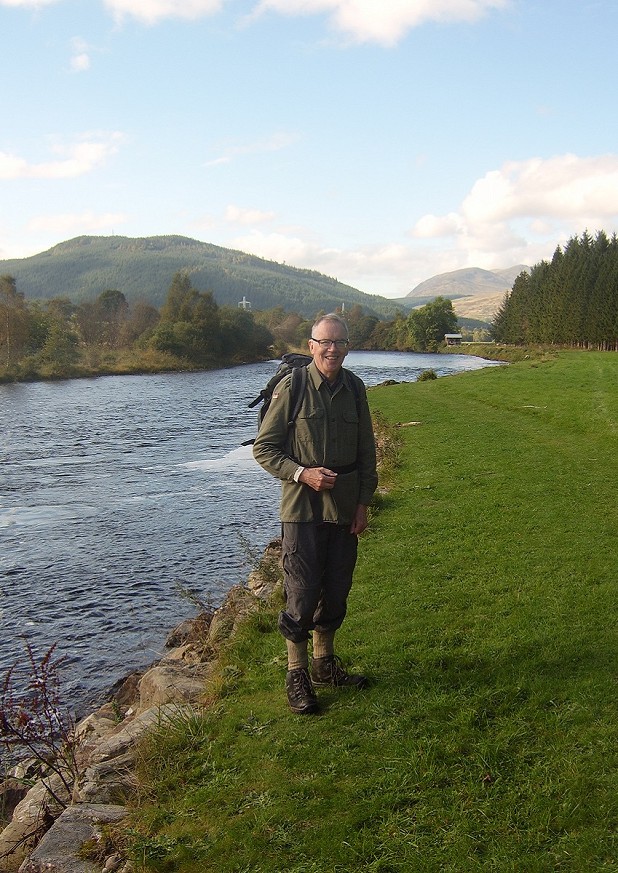
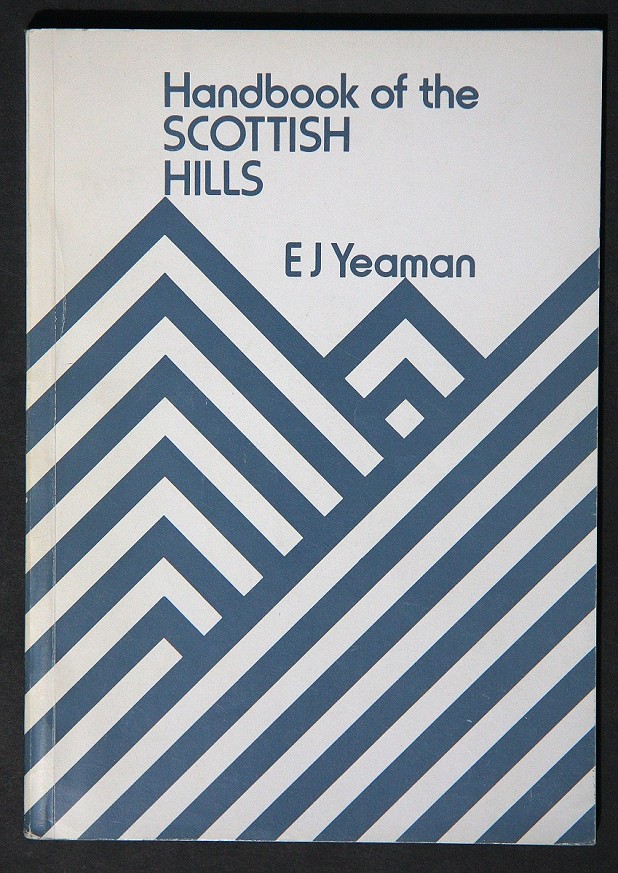
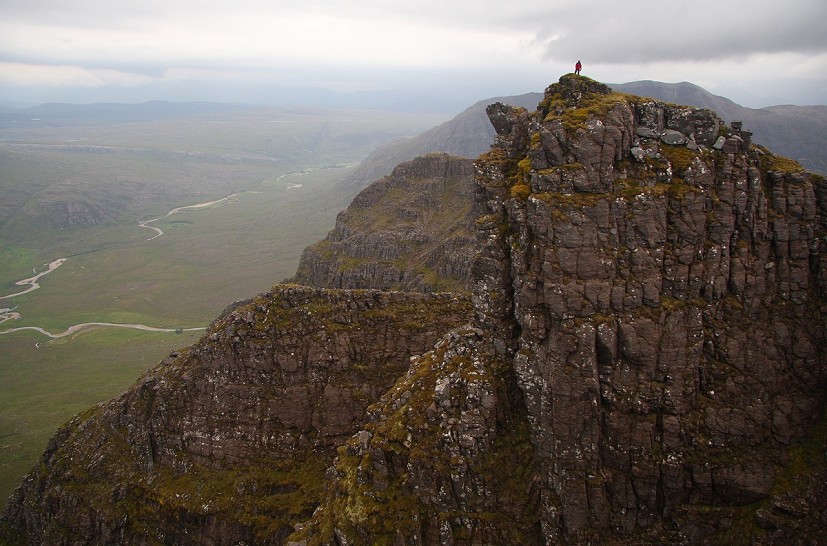
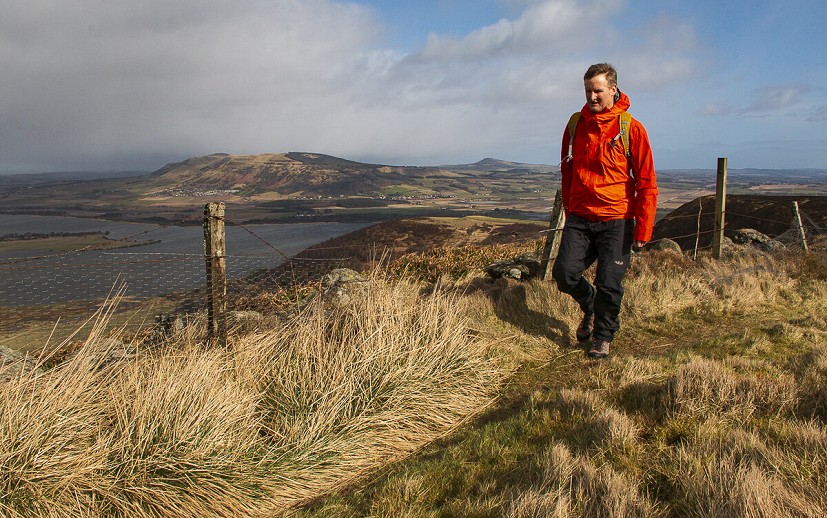



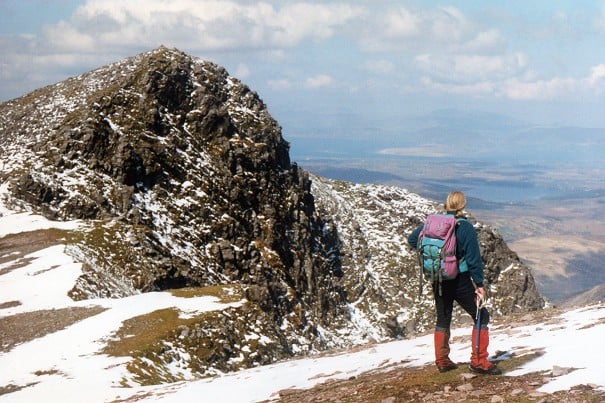

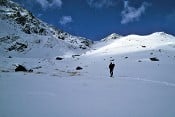
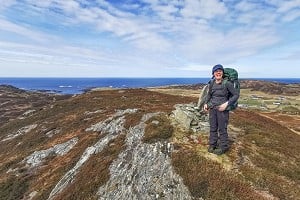
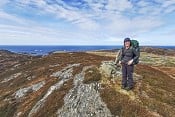
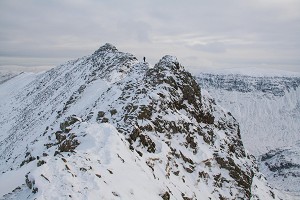



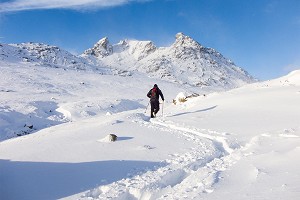
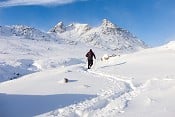

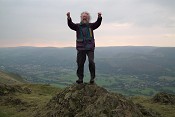
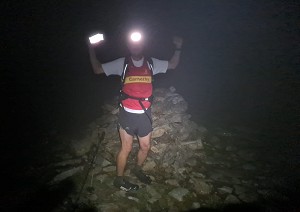
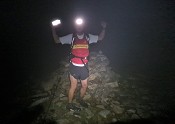
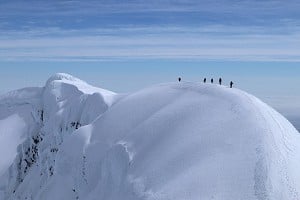
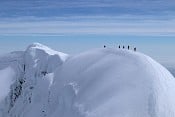
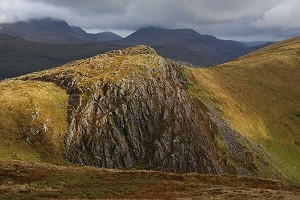
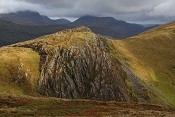
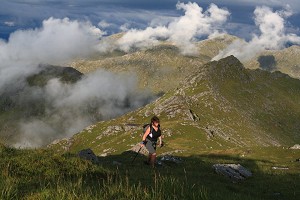
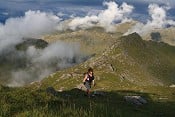




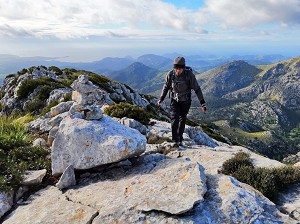
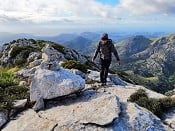




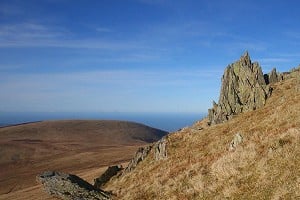
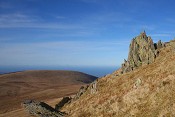


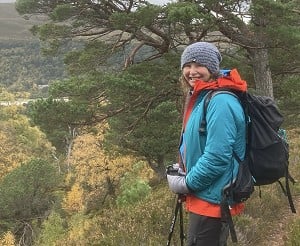
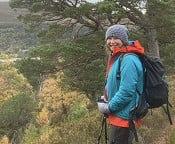
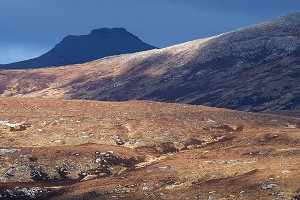





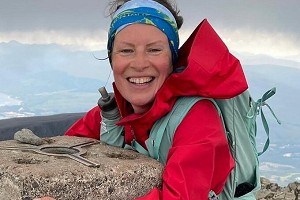
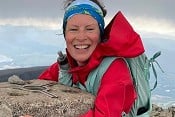
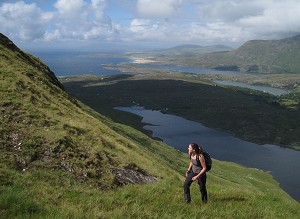

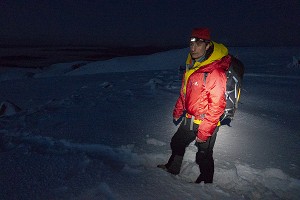
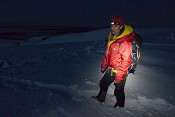




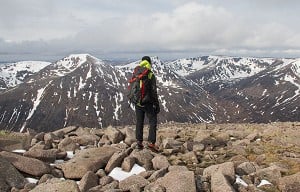
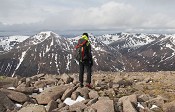
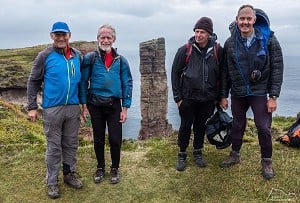
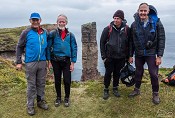


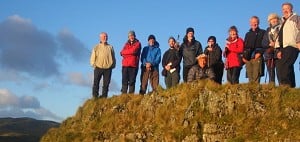

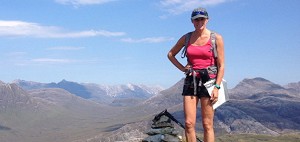

Comments